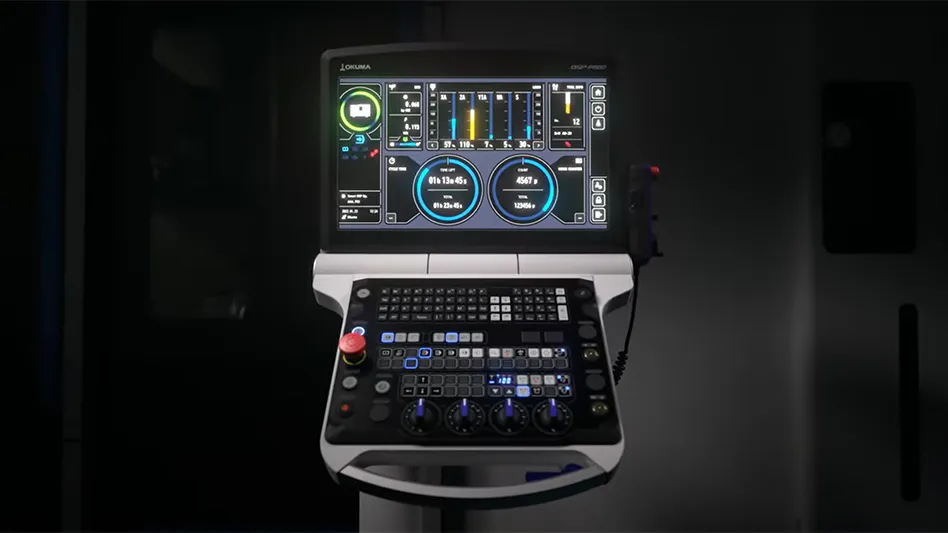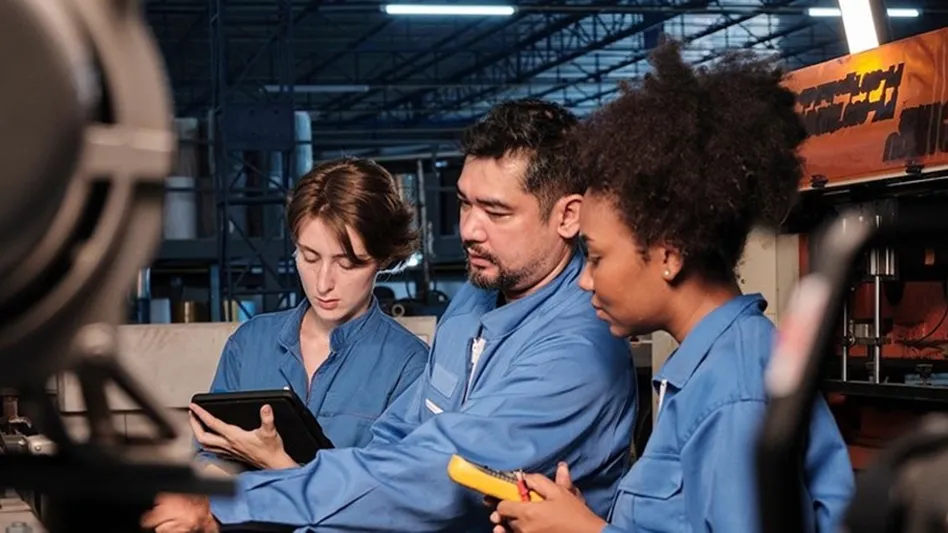
Mequon, Wisconsin – Titan Spine officials announce that the company has received 510(k) clearance from the U.S. Food and Drug Administration (FDA) to market its Endoskeleton line of interbody fusion implants featuring its next-generation nanoLOCK surface technology.
This clearance marks Titan’s line of Endoskeleton spinal implants as the first FDA-approved interbody fusion devices to feature nanotechnology.
Titan’s new nanoLOCK surface technology enhances the company’s line of Endoskeleton devices with an increased amount of nano-scaled textures to up-regulate a statistically significant greater amount of the osteogenic and angiogenic growth factors that are critical for bone growth and fusion when compared to PEEK and the company’s current surface.
Barbara Boyan, Ph.D., dean of the School of Engineering at Virginia Commonwealth University, and an investigator in various Titan Spine studies, said, “This new surface technology further enhances Titan’s current surface and is the result of extensive research in how to create a significantly greater amount of nano-scaled textures that we have shown to be important for the osteogenic response necessary for fusion. The nanoLOCK surface topography is far different than what is found on titanium-coated PEEK implants. In addition, the nanoLOCK surface is not created by applying a coating, but rather is formed by a reductive process of the titanium itself. This eliminates the potential for delamination, which is a concern for products with a PEEK-titanium interface. My team is proud to collaborate with Titan Spine to help develop such a differentiated technology that is truly designed to benefit both patients and surgeons.”
Titan’s nanoLOCK surface is a significant advancement of the company’s first-generation surface. The patented nanoLOCK manufacturing process creates additional textures at the critical nano level. However, there are no changes to the device indications for use, design, dimensions, or materials. Additionally, mechanical testing demonstrated that the strength of the company’s line of Endoskeletonimplants are unaffected by the new surface treatment.
Paul Slosar, M.D., chief medical officer for Titan Spine, commented, “Our new surface technology represents a significant technological breakthrough in treating patients that require interbody fusion. What we have learned is that there are very specific implant surface topographies, especially at the nano level, that generate the osteogenic and angiogenic responses necessary to drive bone growth required for a robust fusion. The nanoLOCK surface is the result of this extensive research and represents the new standard in spinal fusion interbody implants. Titan Spine will offer its complete line of titanium devices for interbody fusion spine surgery procedures in the cervical and lumbar spine now with nano-scale features that offer added benefits to patients.”
Peter Ullrich, MD, former spine surgeon and chief executive officer of Titan Spine, remarked, “Receiving FDA approval for our next-generation surface technology is a tremendous milestone for Titan Spine. This marks the first clearance of nanotechnology interbody devices by the FDA, which is an acknowledgement to Titan’s leadership in developing nanotechnology for the spine and potentially other orthopedic applications. We will continue to innovate the spinal interbody market through close collaboration with leading academic pioneers in material science and biomedical engineering and look forward to future enhancements to our Endoskeleton devices."
The full line of Endoskeleton devices will feature Titan Spine’s proprietary nanoLOCK implant surface technology, consisting of a unique combination of roughened topographies at the macro, micro, and nano levels. This unique combination of surface topographies is designed to create an optimal host-bone response and actively participate in the fusion process by promoting new bone growth, encouraging natural production of bone morphogenetic proteins (BMPs) and creating the potential for a faster and more robust fusion.
Source: Titan Spine
Latest from Today's Medical Developments
- Tsugami America’s Technical Center in Minnesota
- RobOps Copilot for AI-powered robot optimization
- US companies invest heavily in robots
- #34 Lunch + Learn Podcast - Cobots' potential to revolutionize aerospace manufacturing with Techman Robots
- Universal Robots announces seamless integration with Siemens PLCs
- This month's Manufacturing Lunch + Learn is May 16
- Ultrahuman wearable technology
- Additive Manufacturing for Aircraft Cockpit Interior Components





